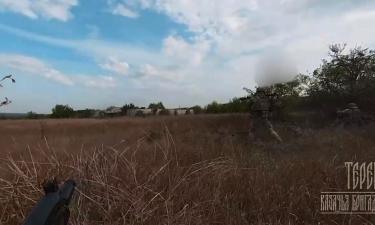Wilkins Ice Shelf disintegrating
The Wilkins Ice Shelf continues to melt. In 2008 a 100 square kilometer iceberg broke off, triggering the disintegration of a further 570 square kilometers of the shelf. The rest is held by a tiny thread.

Glaciologists predicted the entire ice shelf would melt by 2011, 10 years earlier than was predicted.
The breakup events may be linked to the theoretical dramatic polar warming trends that are part of global warming. The leading ideas involve enhanced ice fracturing due to surface meltwater and enhanced bottom melting due to warmer ocean water circulating under the floating ice.
In the last several decades, glaciologists have observed consistent decreases in ice shelf extent through melt, calving, and complete disintegration of some shelves.
The Ellesmere ice shelf reduced by 90 percent in the twentieth century, leaving separate ice shelves. A 1986 survey of Canadian ice shelves found that 48 km². (3.3 cubic kilometers) of ice calved from the Milne and Ayles ice shelves between 1959 and 1974. The Ayles Ice Shelf calved entirely on August 13, 2005. The Ward Hunt Ice Shelf, the largest remaining section of thick (>10 m) landfast sea ice along the northern coastline of Ellesmere Island, lost 600 square km of ice in a massive calving in 1961-1962. It further decreased by 27% in thickness (13 m) between 1967 and 1999. In summer 2002, the Ward Ice Shelf experienced another major breakup.
Two sections of Antarctica 's Larsen Ice Shelf broke apart into hundreds of unusually small fragments (100's of meters wide or less) in 1995 and 2002.
Photo: www.esf.edu
Subscribe to Pravda.Ru Telegram channel, Facebook, RSS!





